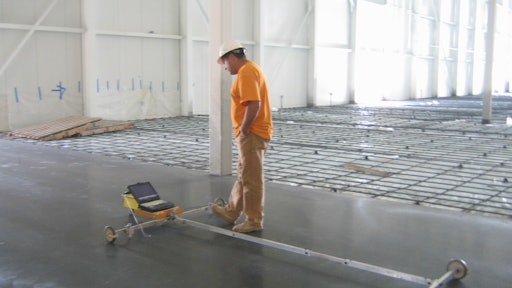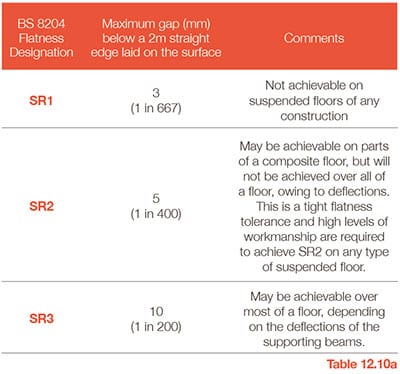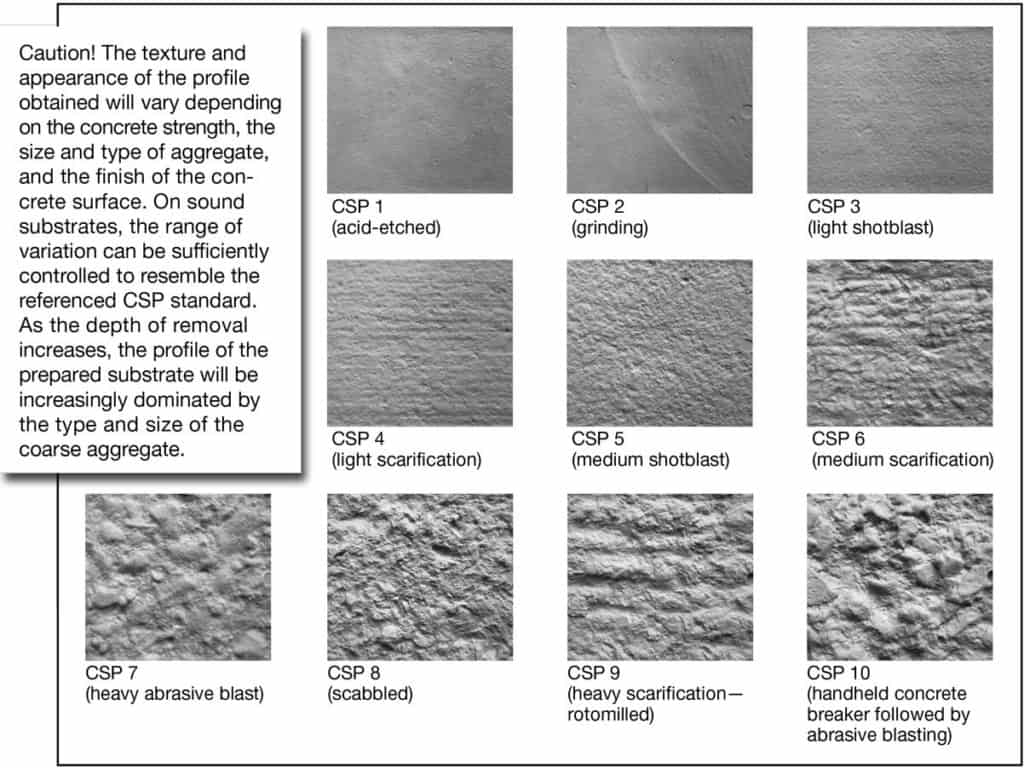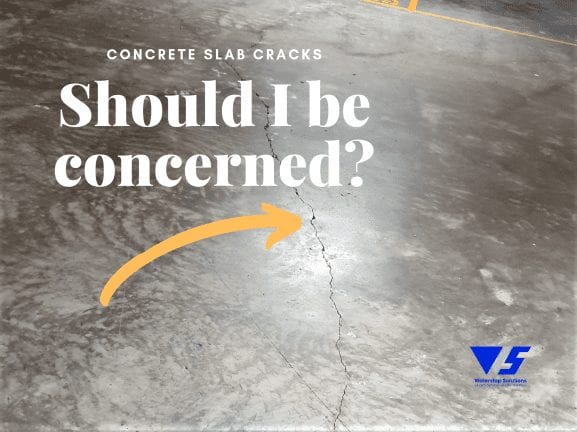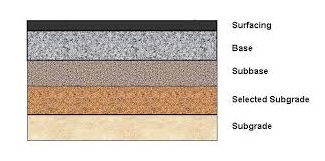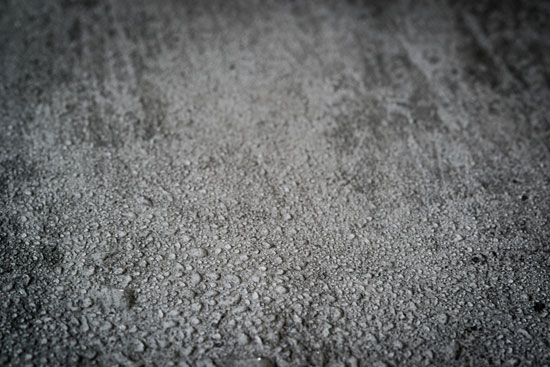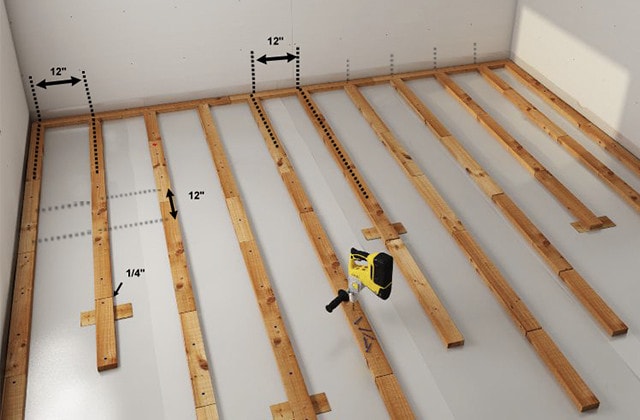Concrete Floor Level Tolerances

Be a 30mm fall across the slab and the floor levels still comply with tolerances given in as 36005.
Concrete floor level tolerances. For many internal ground floors the most suitable tolerances to be worked to are free movement classifications fm as defined in tr34 by the concrete society a floor is classified as free movement if it can be driven around freely by vehicles such as forklifts without too many obstacles such as columns or walls. Tolerances can be defined as the allowable variations from the specified values or performance levels. Floor flatness levelnessone of the things that distinguishes a high tolerance floor is its f number requirement. Cement and concrete terminology by american concrete institute aci committee 116.
Section 4 is the longest part of aci 117 covering tolerances for cast in place concrete for buildings including walls floors and slabs. It is intended to be used with aci 117 for clarity of interpretation and insight into the intent of the committee regarding the application of the tolerances set forth therein. Preparation of concrete floors to receive resilient flooring. Areas within 1 5 meters of walls columns or.
Level within a 3mm deviation per 1m for floors up to 6m across measured at the furthest points across the full width of the floor. Thus a tolerance in level of a ceiling amounting to inch in 10. F numbers provide architects and contractors a method of determining the flatness and levelness of a concrete floor slab. The actual variation may be smaller as the.
They are calculated using the standards set forth in astm e1155 which is the standard test method for determining f f floor flatness and f l floor levelness numbers the american concrete institute indicates acceptable ranges for flatness and levelness in aci 302 1 guide. The higher the f number the flatter or more level the floor. This report is a commentary on the specifications for tolerances for concrete construction and materials aci 117. Setting tolerances also demonstrate that some degree of variation is inherent in all building work.
The permit ted variation from a given dimension or quantity this variation can usually be in either of two directions and so can be regarded as positive or negative. Other tolerances in this section dictate the maximum deviation from the planned location of the top surface elevation and the cross sectional dimensions of piers and footings. 40mm from the designed level. Determining the flatness of a concrete slab using the astm e 1155 method provides more accurate and reliable results compared to the conventional straightedge specification for 1 4 in 10 and 1 8 in 10.
F numbers were developed in the 1980s to provide a systematic quantitative way to indicate the flatness and levelness of a concrete floor.






